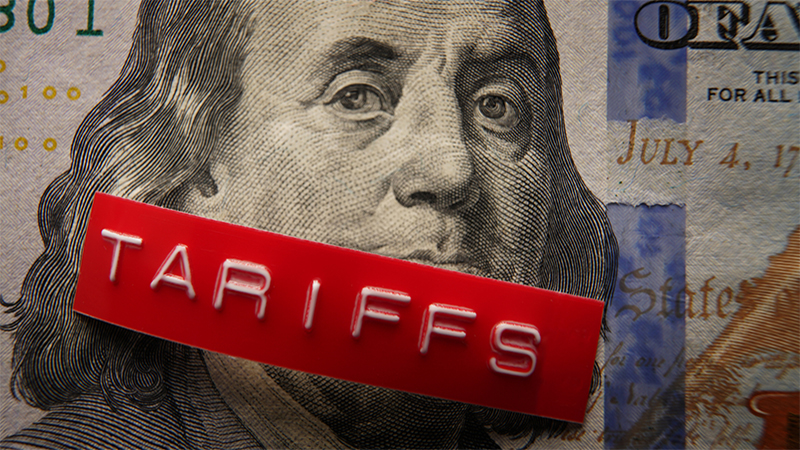New research from Asset Risk Consultants (ARC) has suggested most private client discretionary managers have a low exposure to gold, despite current positive sentiment towards the asset class.
According to the latest quarterly ARC Market Sentiment survey, within their typical ‘steady growth’ investment solution, some 75% of the 83 managers who responded had either no gold exposure, or a weighting less than 2.5%. Meanwhile no respondents had a weighting over 10%.
Graham Harrison, chairman of ARC, said this lack of gold exposure cannot be explained by managers being negative on forecast returns, with net sentiment towards the yellow metal reading strongly positive at 35% in its latest survey.
“However, an investigation of the changes in net sentiment over time displayed by discretionary investment managers to gold reveals a strong correlation with the performance of gold over the previous 12-month period,” said Harrison. “Sentiment was at its most negative in the period 2012-2014 and has tended to be positive when gold price momentum has been positive.”
While the price of gold has risen about 570% since December 2003, Harrison said this compares with a 610% total return from global equities, while he added gold as an asset class has been much more volatile.
See more: Quilter’s Wealthselect MPS sells down gold position
“There is an old adage, first attributed to Benjamin Graham, a value investing pioneer, that over shorter periods the stockmarket is a voting machine but over the longer term it is a weighing machine,” he said. “In other words, over the shorter term, sentiment dominates but over the longer term, fundamentals drive relative asset performance.
“From a value investing perspective, there is no doubt that gold’s investment fundamentals are weak. Professional investment managers tend to be divided on whether gold is a store of value in turbulent times but are united in the view that, over the long term, history reveals that gold is at best an inflation hedge.”
Commenting on ARC’s findings, Ryan Hughes, investments director at AJ Bell, said while gold does form part of the asset classes it models for potential inclusion in its long-term strategic asset allocation, as yet it has not made it into the portfolios.
“In our long-term modelling, we assume an expected return in-line with inflation and as a result, our optimisation process has not judged gold as an asset class worth including on a long-term basis,” he said. “That said, it is an asset class that we follow and it can be used tactically if we decide to do so.
See more: Time for silver to outshine gold?
“The more recent rally seems to be driven by Chinese central bank purchases rather than any real ‘retail’ demand as China looks to reduce it exposure to US dollars in its reserves. We will watch with interest if this demand broadens out further from here.”
Chris Metcalfe, chief investment officer at Iboss, however noted that gold has been it best-performing asset over the last three years, and added that continues to benefit the portfolios because of its diversification benefits.
“In the first 15 days of July, the gold miners we own were up close to 15%, which has benefitted performance overall,” Metcalfe said. “We still maintain that there is much more value to come in gold.”
“This asset class traditionally performs poorly in a higher interest rate environment because it doesn’t yield anything,” he added. “Despite this, the price of gold keeps setting record after record, and this is because of the different dynamics at work with the central bank buying and wider afield; we still think there are many opportunities in commodities and everything associated with them.”
This article originally appeared on our sister publication, PA Adviser










